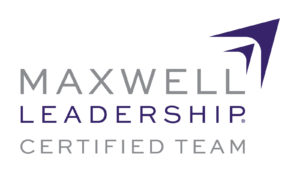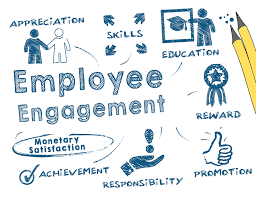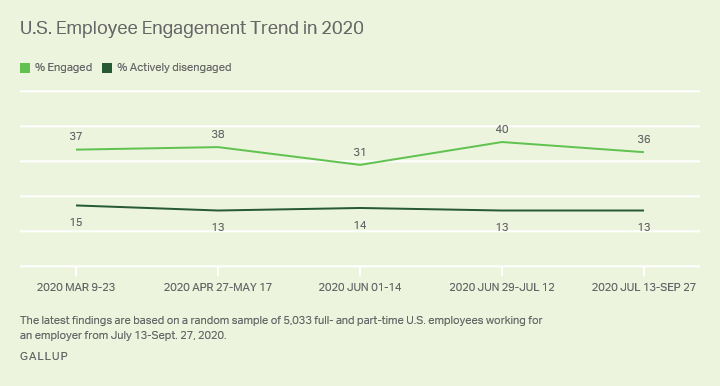
Needing to have things perfect is the surest way to immobilize yourself with frustration. – Wayne Dyer
I read a story once about a famous composer who had a rebellious son who would stay out late at night and come home after his father and mother had gone to bed. Before going to his room, he would stop by his father’s piano and slowly and loudly play a simple scale, all but the last note.
Then, leaving the scale uncompleted, he would retire to his room. Meanwhile, the father, hearing the scale minus the final note, would writhe in bed, his mind unable to relax because the scale was unresolved. Finally, in consternation, he would stumble down the stairs and hit the previously unstruck note. Only then, would he be able to return to his bed and go to sleep.
I have to confess that I find the story humorous. If only for a moment I channel my inner prankster, I could find myself doing such a thing.
Here’s what I know, we all have frustrations that we deal with on a regular basis. We all have pet peeves that irritate us.
A story in Forbes magazine revealed the Top 10 pet peeves in the office. They were: gossip and office politics, people taking others’ lunch, inconsiderate co-workers, constant interruptions, loud and annoying ringtones, poorly organized meetings, overcrowded and noisy office spaces, smelly food in the office, inadequate temperature control, and finally, forced birthday celebrations.
Which one(s) do you most identify with?
It’s important to be self-aware and be in touch with your frustrations and how they impact your leadership. Owning what frustrates you is an important first step, but not allowing those frustrations to boil over is equally as important. So here are a few tips for you as a leader to push through your frustrations.
Be at peace with your frustrations
Owning the frustrations is a good first step and can help you be at peace with it. This doesn’t mean that this frustration doesn’t need to be addressed or resolved, but you have to give yourself permission to be frustrated. From there, you can begin seeking solutions to what frustrates you – determine if it can be changed and if not, how your attitude towards it needs to change. But first and foremost, own it and be at peace with what frustrates you.
Own your frustrations
Pushing through your frustrations means that you own it. It means that you do not allow what frustrates you to control you or dictate your attitude or your performance. It means that you take control of the negative emotions that would otherwise derail you. Owning it simply means that you are naming or identifying what is frustrating you and you are committed to pushing through it with a good attitude.
Know what you can and cannot control
Nothing with frustrate you more than trying to push through and change something that frustrates you that you have no control over. For example, if a co-worker has a quirky personality that rubs you the wrong way, chances are you are not going to be able to do much about that. People are wired the way they are wired whether you like it or not. And that truth cuts both ways.
If however, your pet peeve falls into your purview as the leader in your organization and said the co-worker is constantly late for work – which is one of your pet peeves, then yes, you can do something about it.
Nothing will frustrate you more than trying to control what you can’t. Effectively pushing through your frustrations is all about working from this knowledge.
©2023 Doug Dickerson

Next Steps: As you reflect on my article this week, consider the following:
- What would you identify as your top pet peeve as it relates to you in your workplace?
- . What is one thing that you can do today that would help you “own it” – attitude change, etc.?
- Is this pet peeve an internal change you are going to have to deal with it, or is it something that you can directly do something about?
Remember – You can be at peace with your frustrations and you do not have to allow them to control you. Is your attitude toward your frustration helping or hurting?
For more information on my coaching services, email me at: [email protected]









 Recently, I was reading back through
Recently, I was reading back through 


